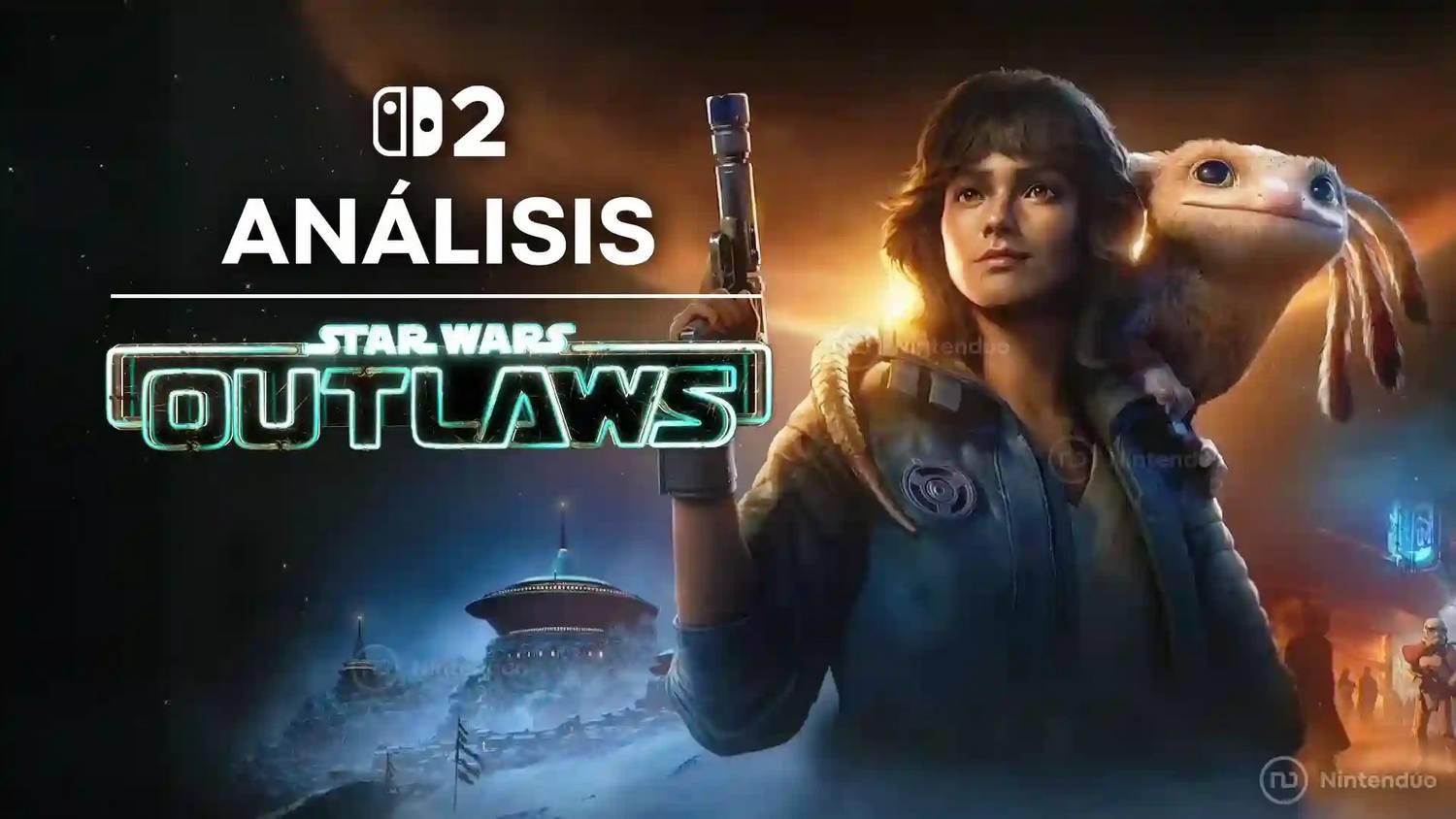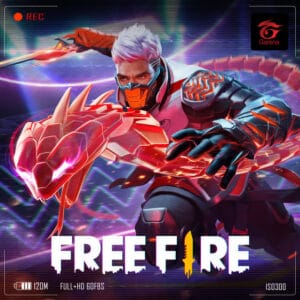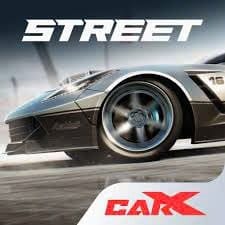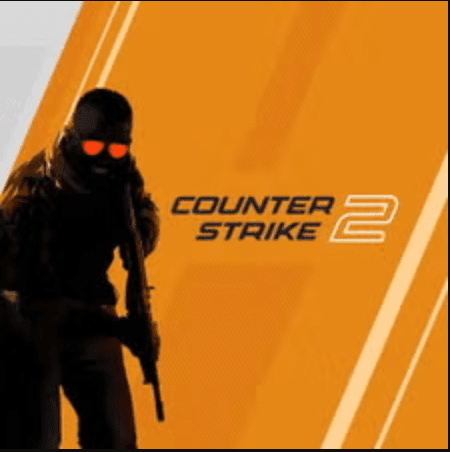Performance, Not Price: Why ‘Star Wars Outlaws’ Went Game-Key Card on Switch 2
Popular Now
 Genshin Impact
Genshin Impact
 Poppy Playtime
Poppy Playtime
 Sonic the Hedgehog™ Classic
Sonic the Hedgehog™ Classic
 Fortnite
Fortnite
 Minecraft
Minecraft
 CarX Street
CarX Street
 The Legend of Zelda
The Legend of Zelda
 Call of Duty
Call of Duty
 Garena Free Fire: Kalahari
Garena Free Fire: Kalahari
 Toca Boca World
Toca Boca World 
The physical release of Star Wars Outlaws on the Nintendo Switch 2 as a Game-Key Card—a physical cartridge that only contains an activation license, requiring a full digital download—has been a major point of contention for players who prefer true physical media. However, a developer from Ubisoft has offered a concrete, technical justification for the decision, asserting that the issue was driven entirely by storage speed limitations and not a desire for cost-cutting.
 The Engine’s Demand: Snowdrop vs. Cartridge Speed
The Engine’s Demand: Snowdrop vs. Cartridge Speed
According to Rob Bantin, the audio architect for Ubisoft’s Snowdrop engine (which powers Star Wars Outlaws), the choice to use the Game-Key Card format was a direct technical necessity to ensure the game performed at the developers’ intended quality level. His key points highlight the fundamental challenge of porting a modern, open-world title to the handheld platform:
- Heavy Disk Streaming: The Snowdrop engine relies heavily on disk streaming to load the massive, detailed open-world environments of Outlaws as the player moves through them. This requires continuous, extremely fast data transfer speeds.
- Cartridge Bottleneck: Bantin stated that they found the Switch 2 cartridges simply didn’t provide the performance necessary for their quality target. While Switch 2 carts are faster than their predecessors, their read speeds are demonstrably slower than the console’s internal flash storage (UFS) and the optional MicroSD Express cards.
- Designed for SSDs: The game was initially built for the PlayStation 5 and Xbox Series X/S, platforms that feature blazing-fast SSDs. To achieve a comparable experience on the Switch 2, the game had to run from the fastest available storage.
By releasing the game as a Game-Key Card, Ubisoft essentially forces the game to be installed and run from the console’s faster internal storage, bypassing the cartridge speed bottleneck that would have otherwise led to noticeable texture pop-in, slow loading, and other performance compromises.
 Separating Economics from Engineering
Separating Economics from Engineering
The developer explicitly addressed the common assumption that the decision was a cost-saving measure, which is often cited as the primary reason third-party publishers opt for Game-Key Cards over the more expensive, high-capacity cartridges:
- Cost Was Moot: Bantin noted that the cost of the physical cartridges “never entered the discussion” at his level, suggesting the performance mandate was the overruling factor. Since Outlaws’ compressed file size is reportedly under the maximum capacity of a standard 64GB cartridge, the decision was purely about data access speed, not storage size.
- A Porting Compromise: He acknowledged that if Star Wars Outlaws had been a Switch 2 exclusive built from the ground up, the development team might have structured the game’s data and engine differently to accommodate the slower cartridge speeds. However, as a late port from SSD-based consoles, this was the necessary workaround.
The result appears to have been a successful port, with technical analysis experts praising the Switch 2 version for its impressive visual quality and stable performance, which supports the developer’s claim that the controversial Game-Key Card format was a sacrifice made at the altar of technical excellence.








 The Engine’s Demand: Snowdrop vs. Cartridge Speed
The Engine’s Demand: Snowdrop vs. Cartridge Speed Separating Economics from Engineering
Separating Economics from Engineering